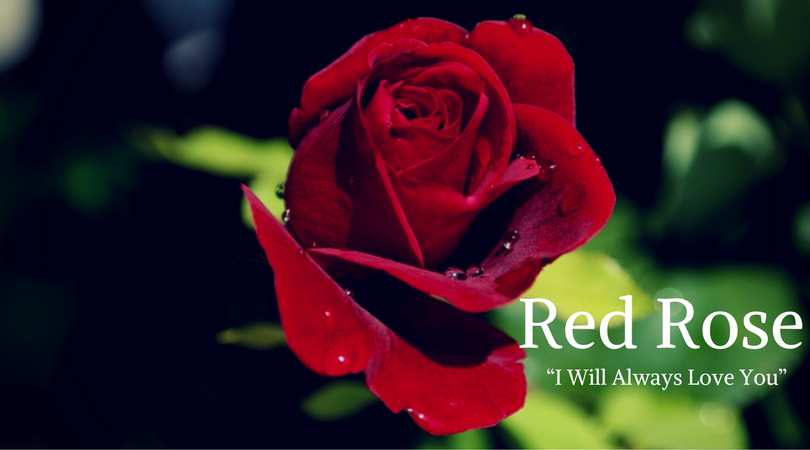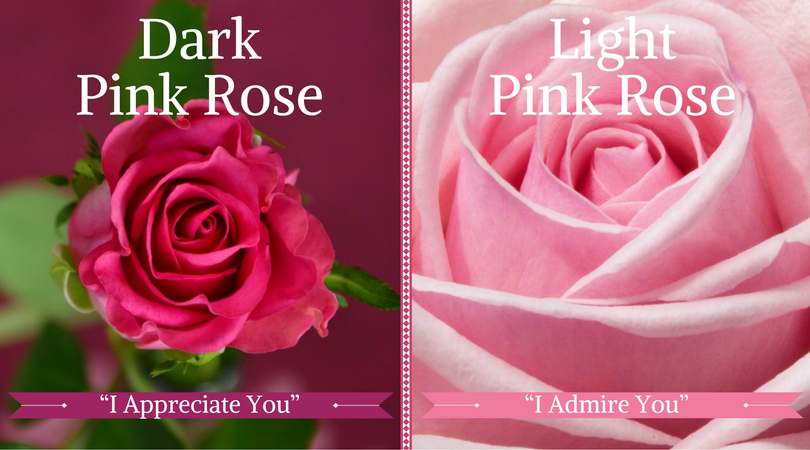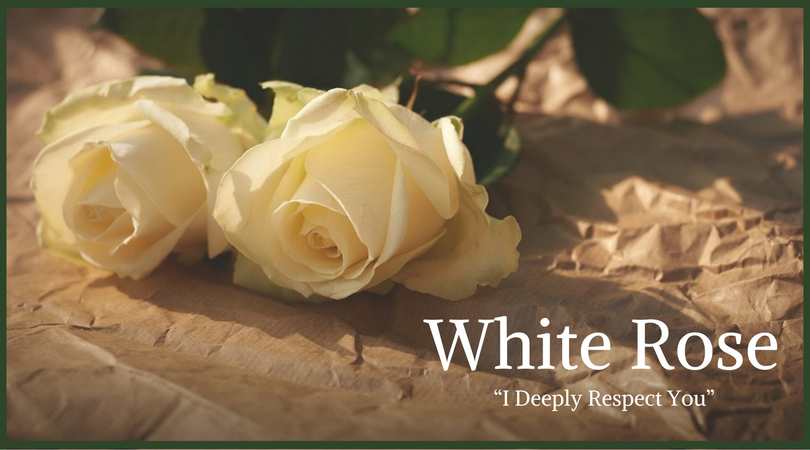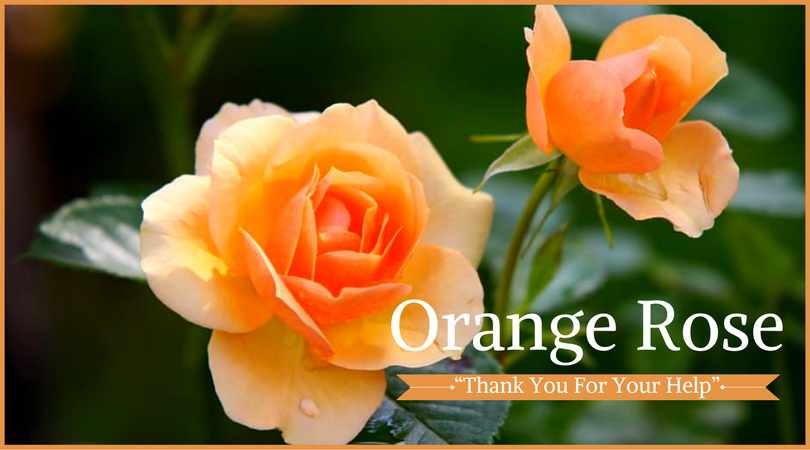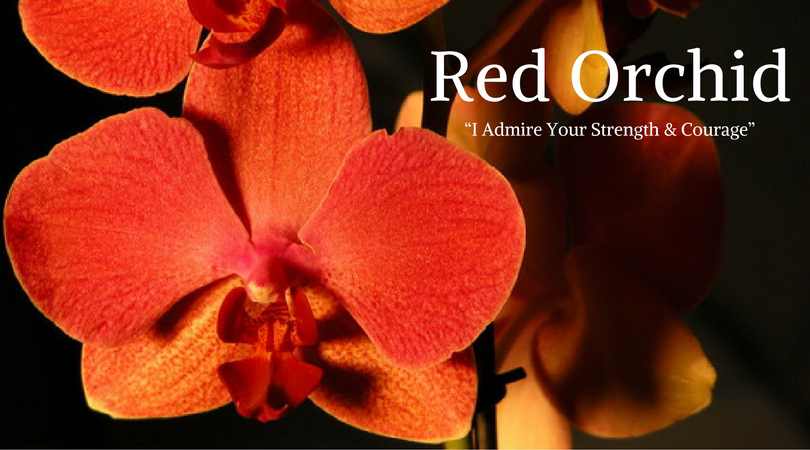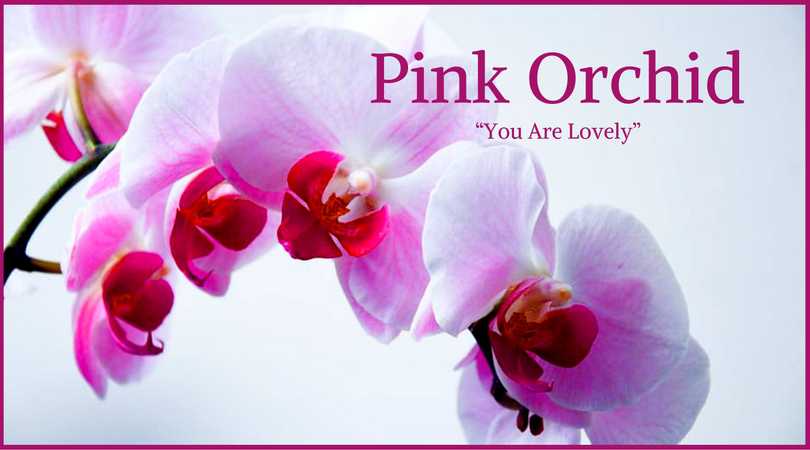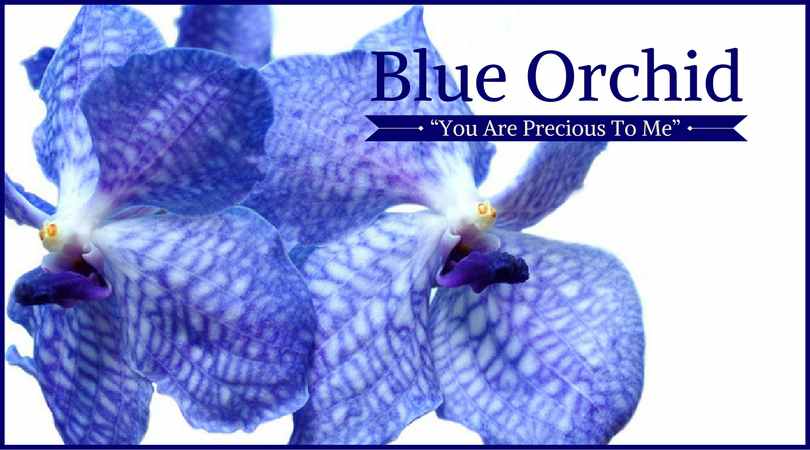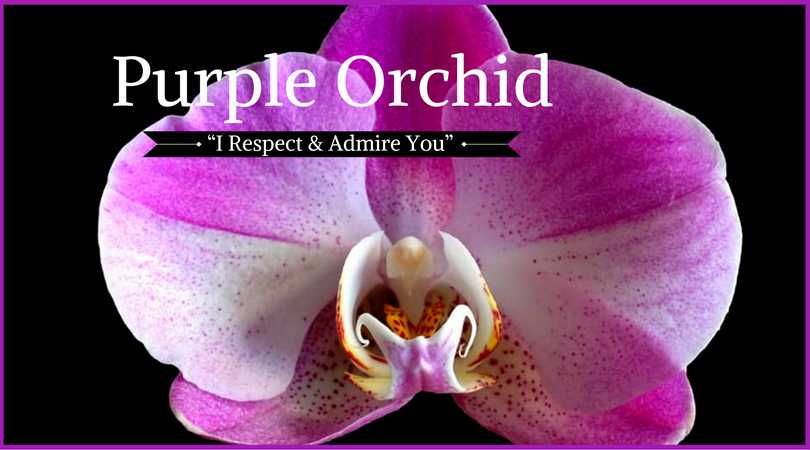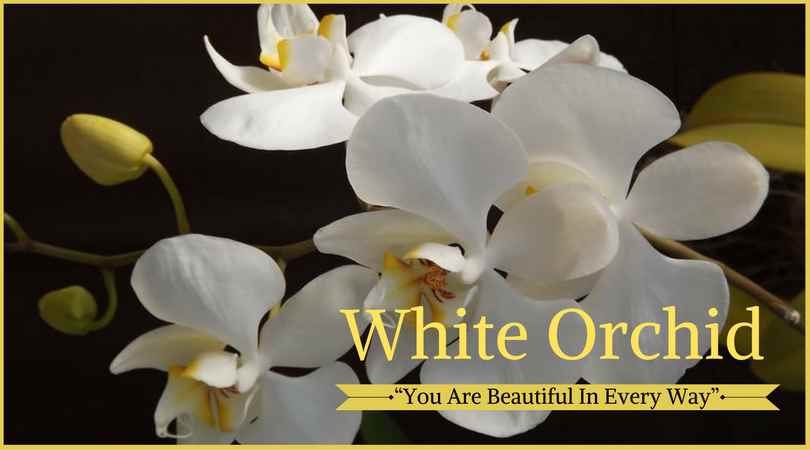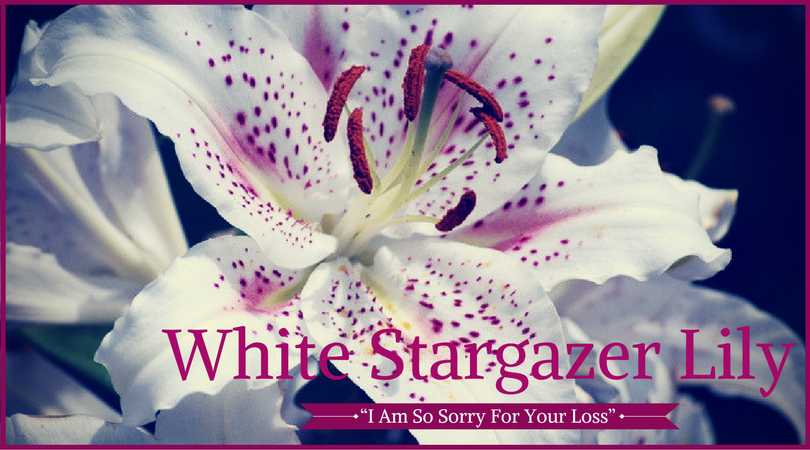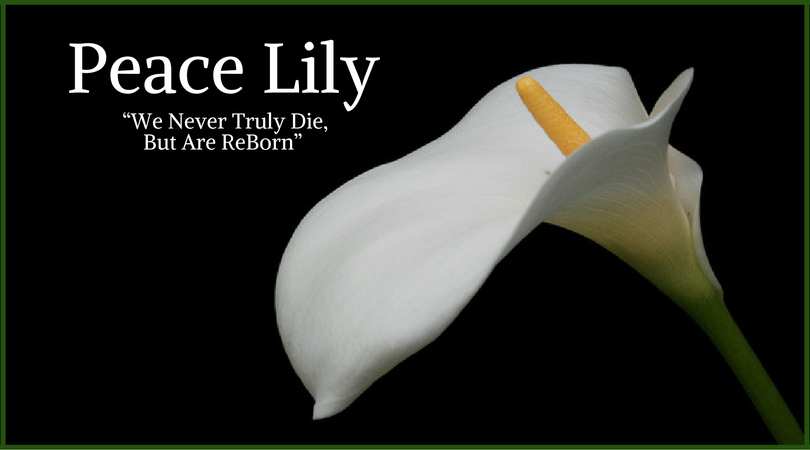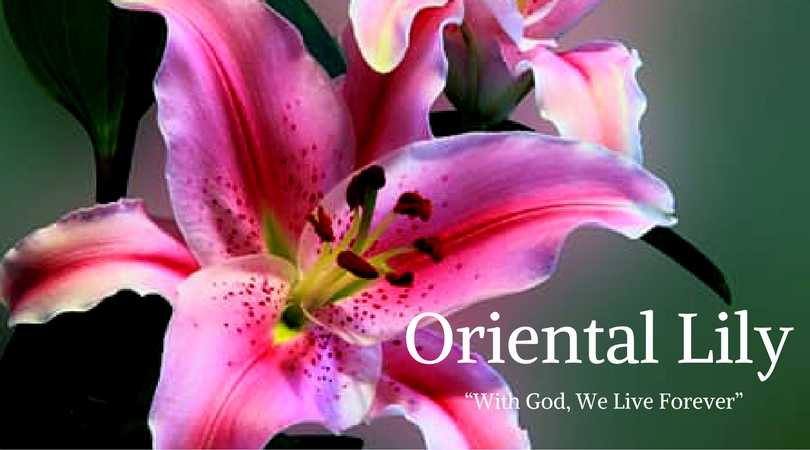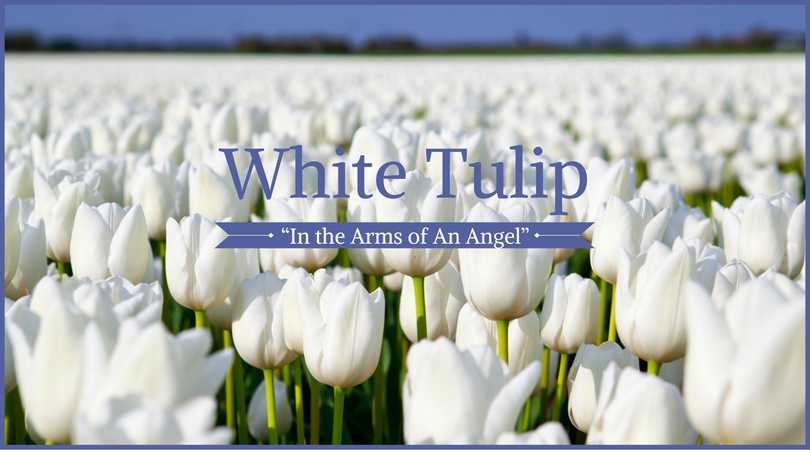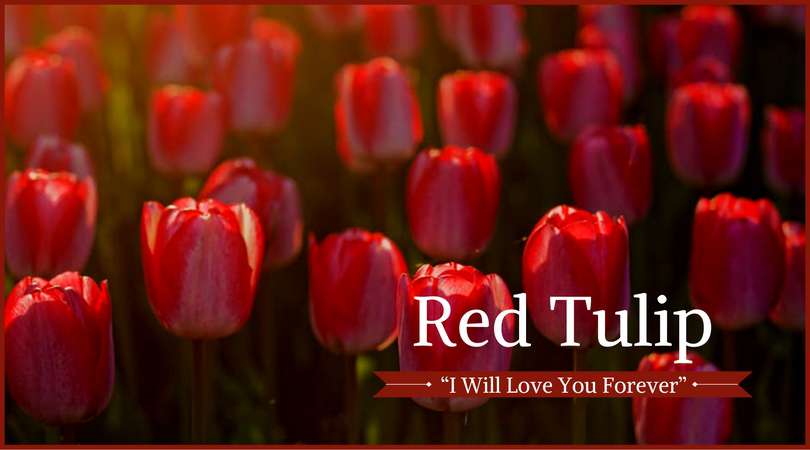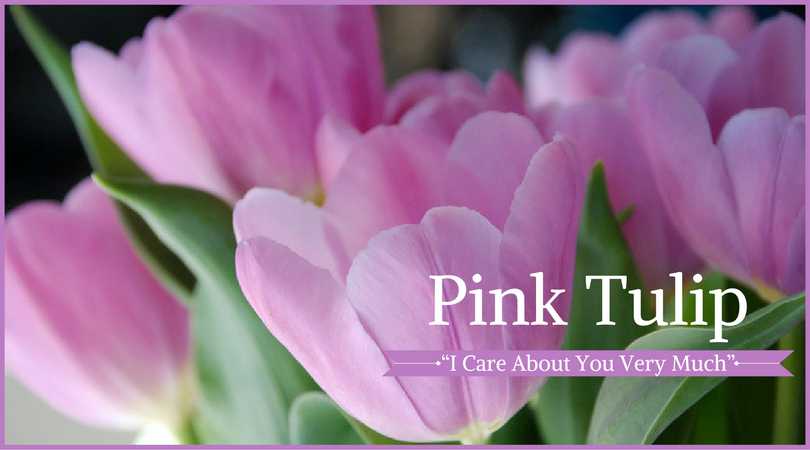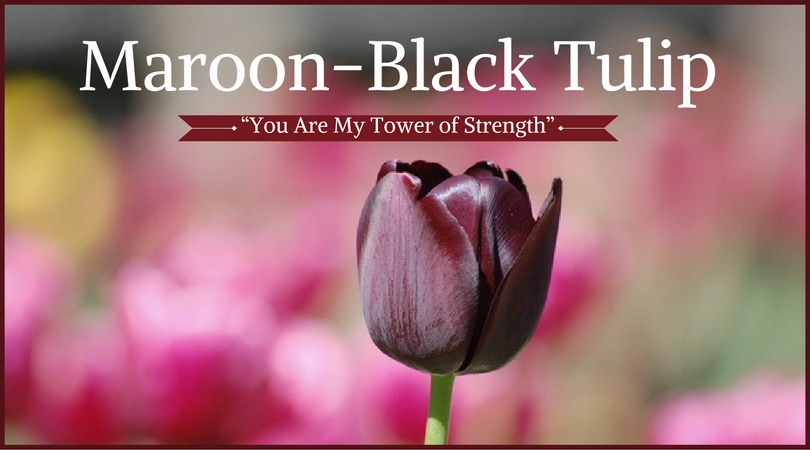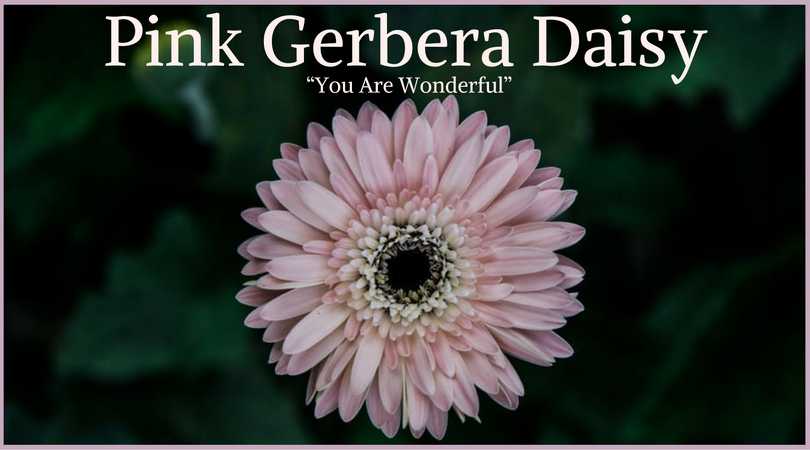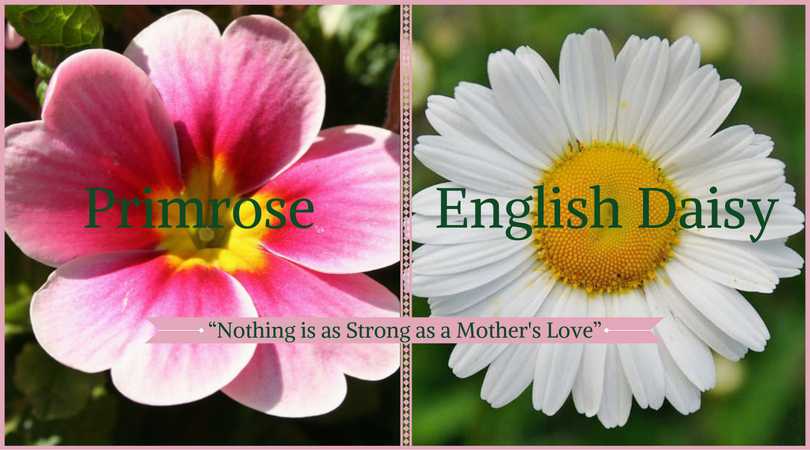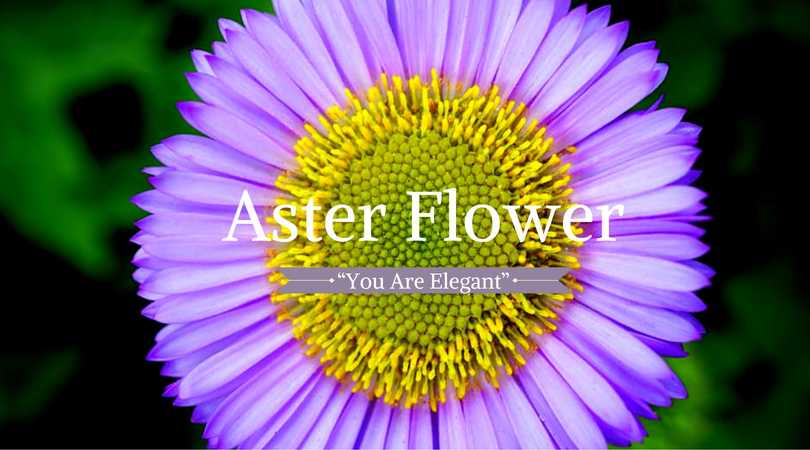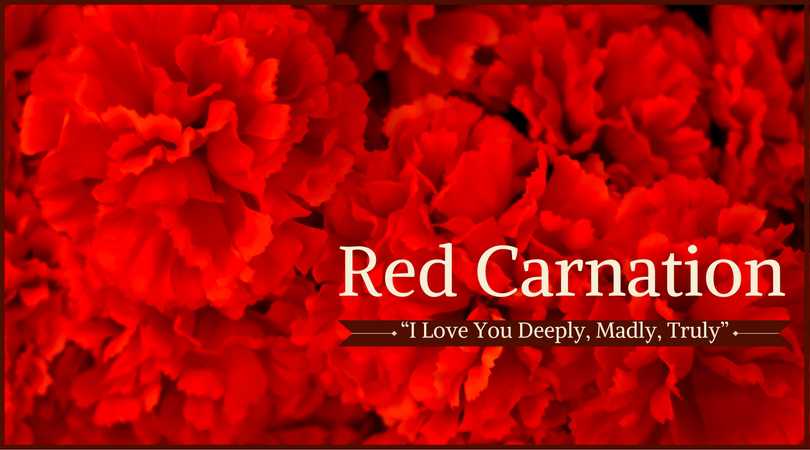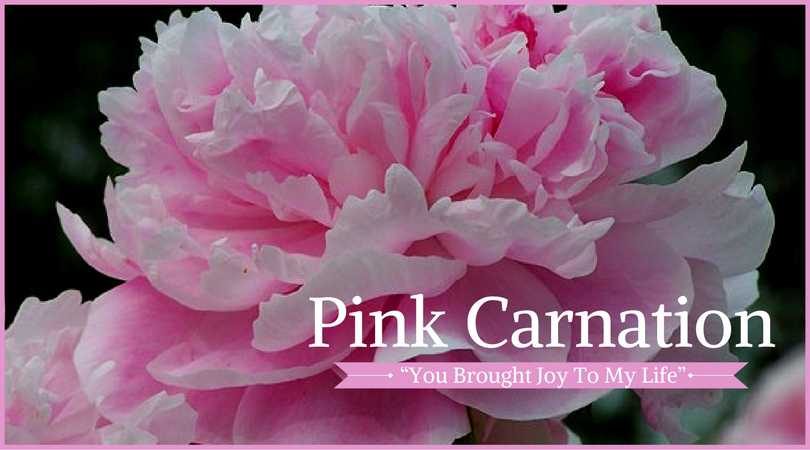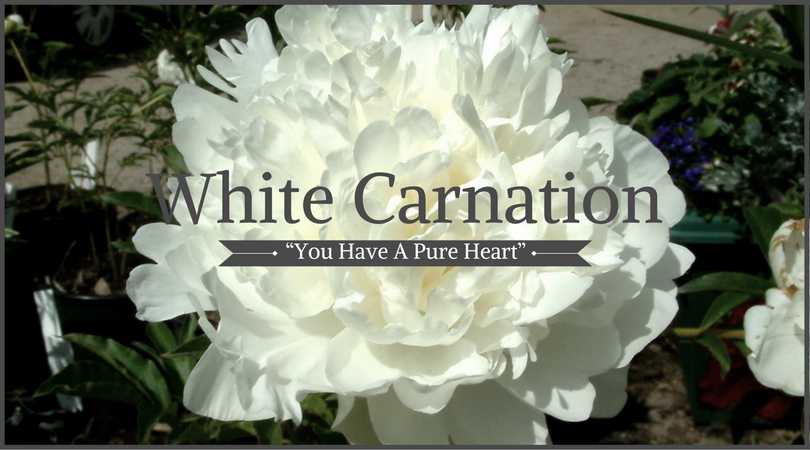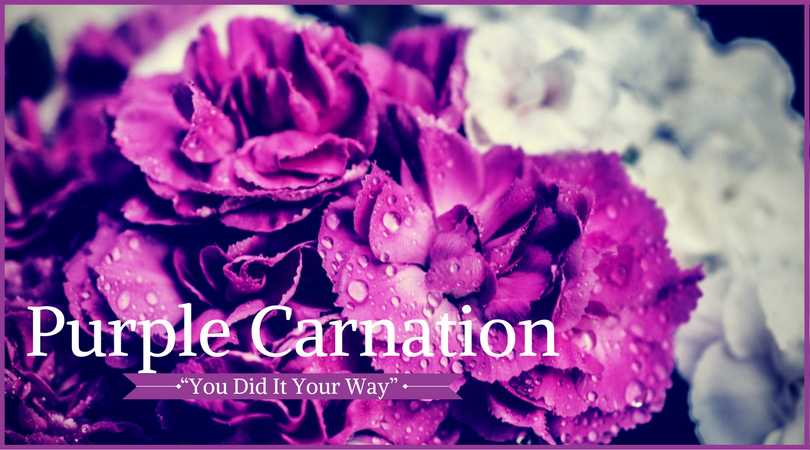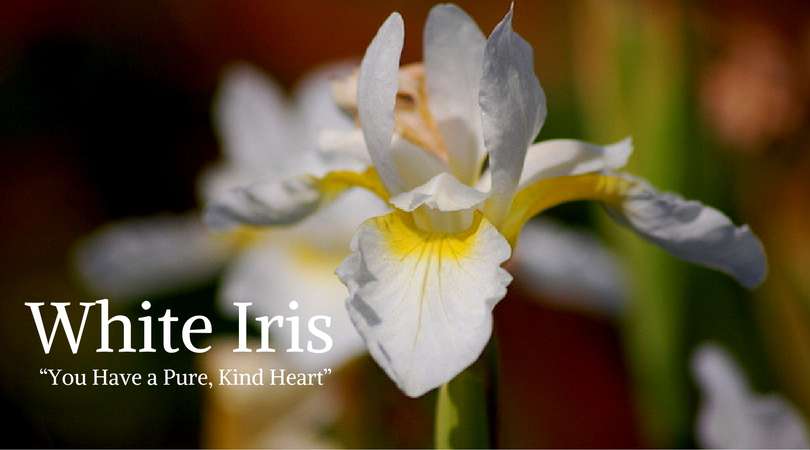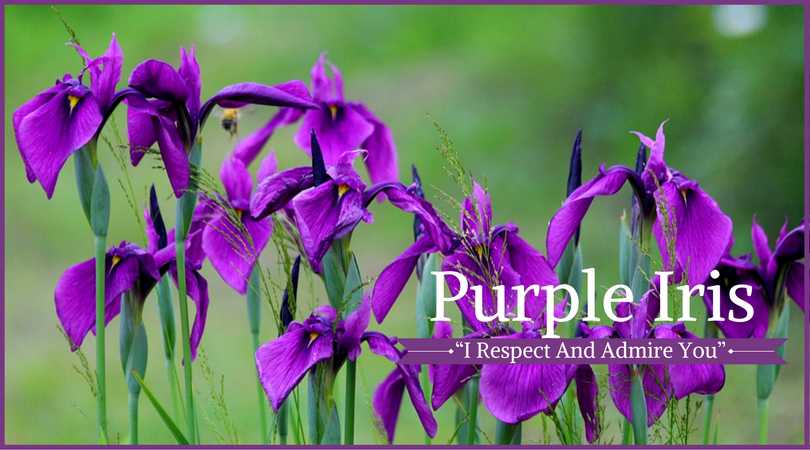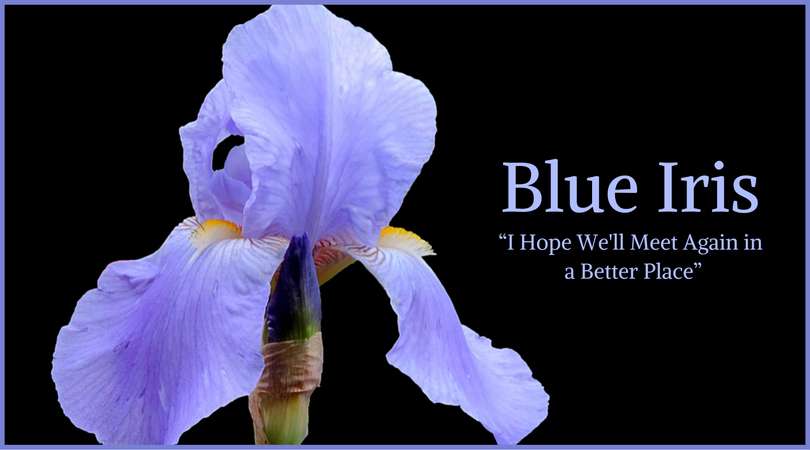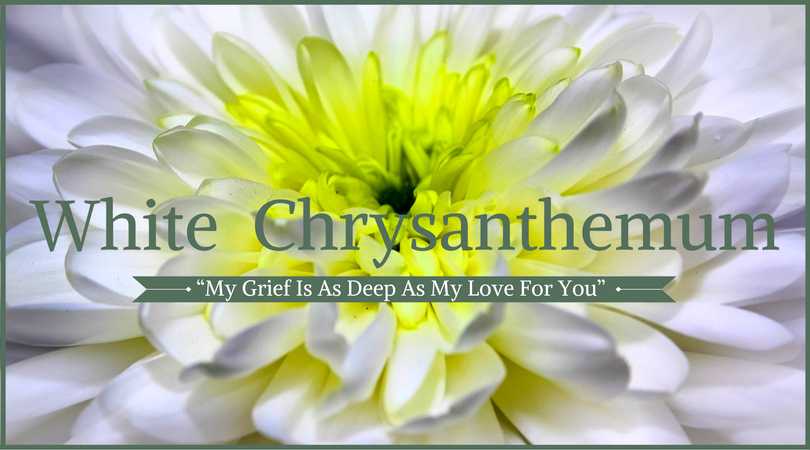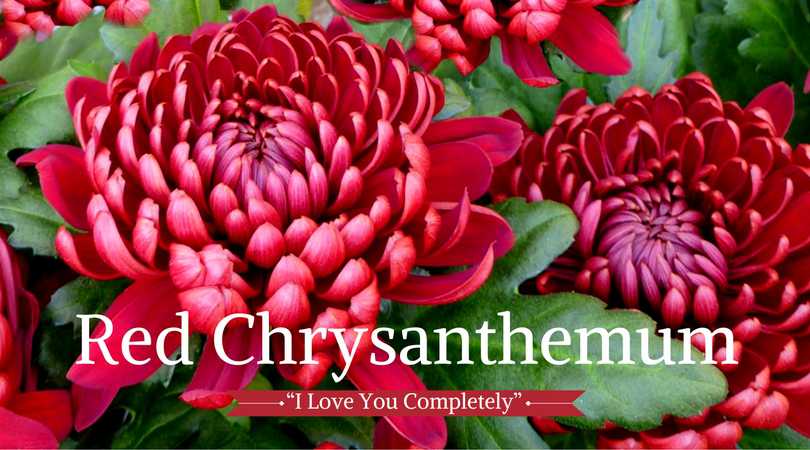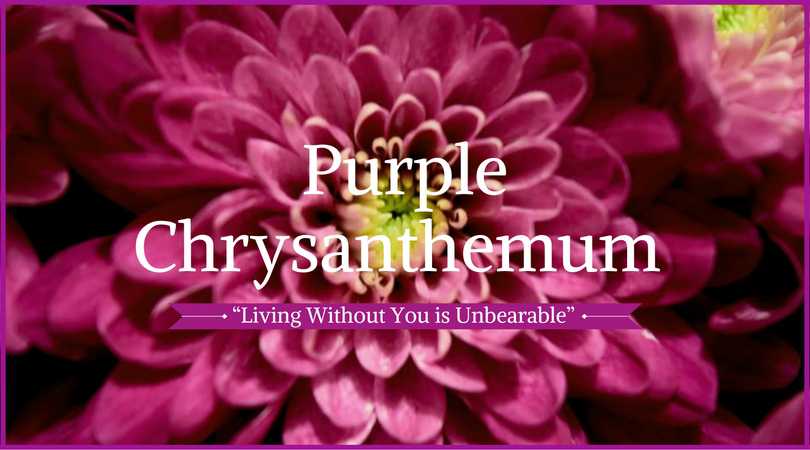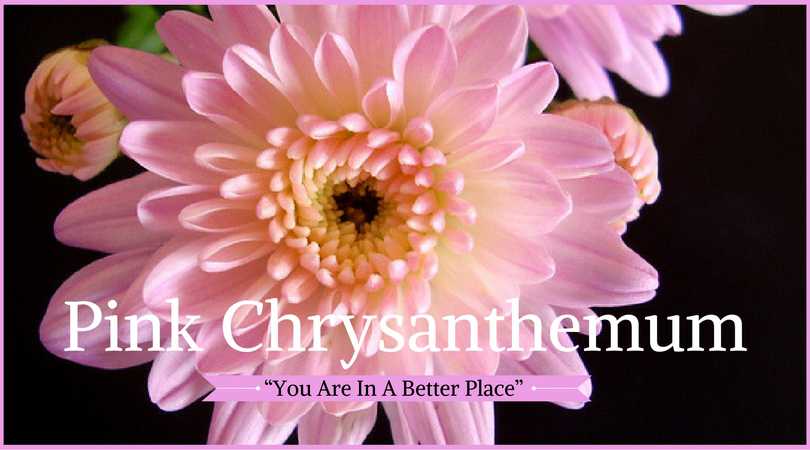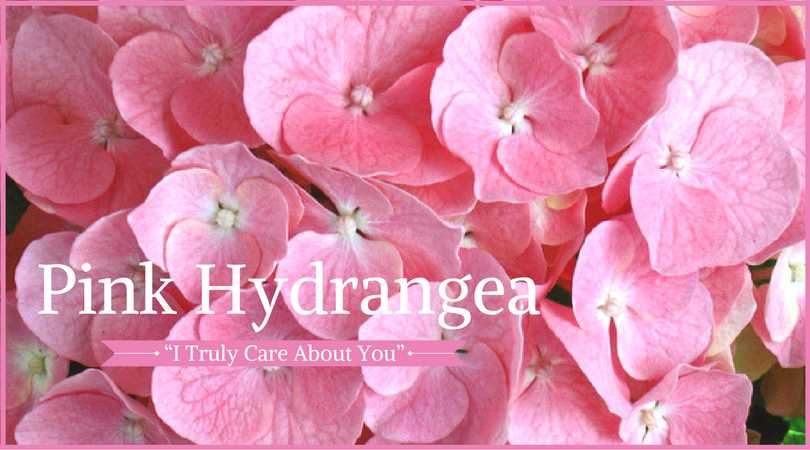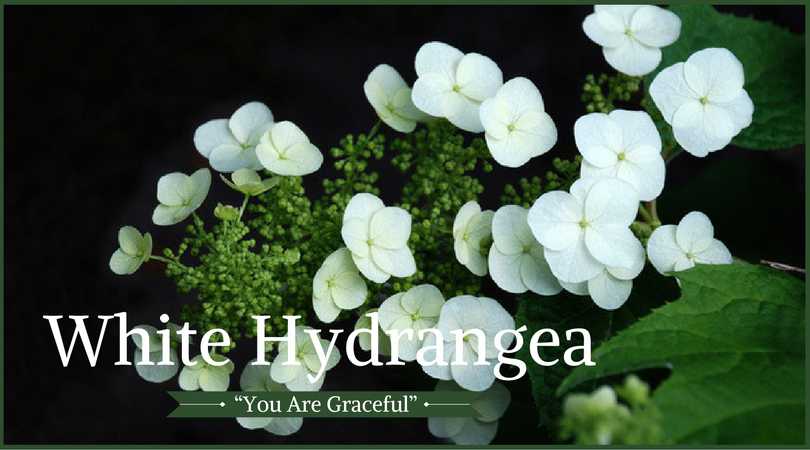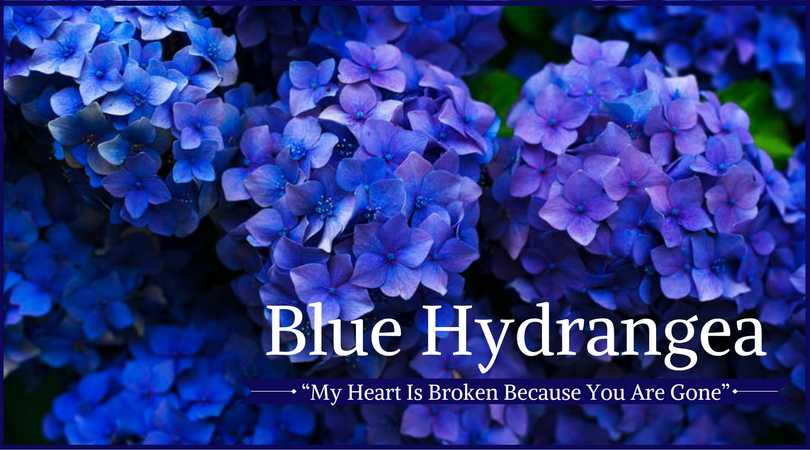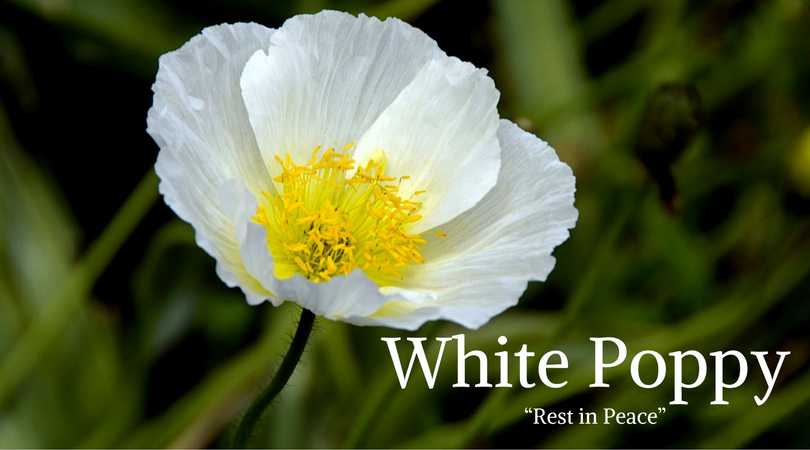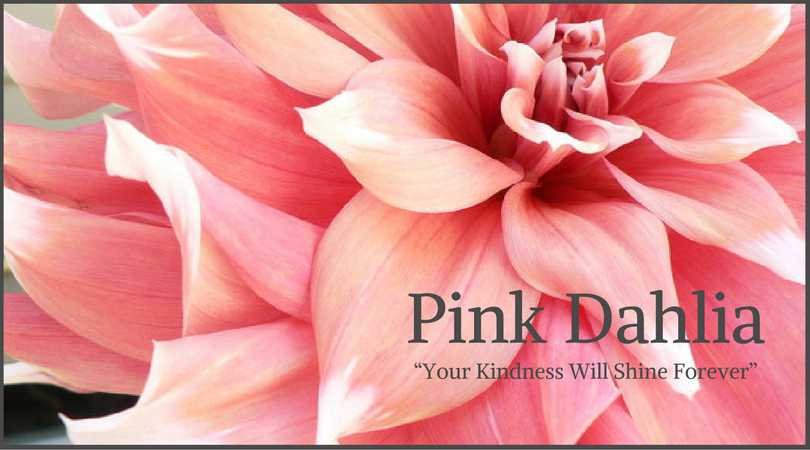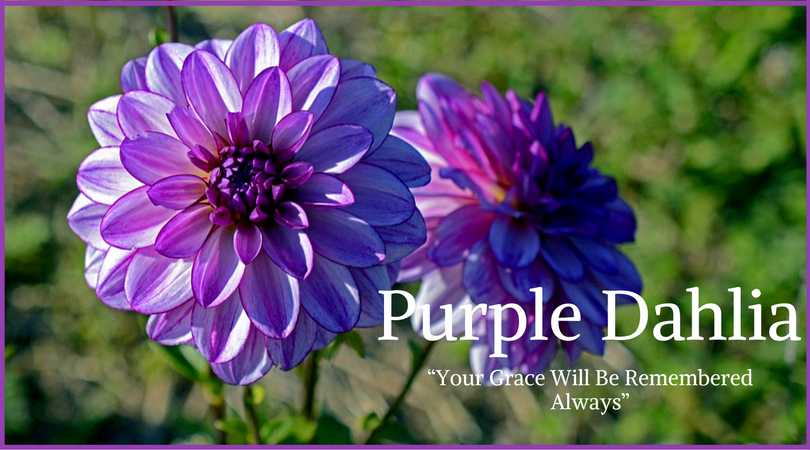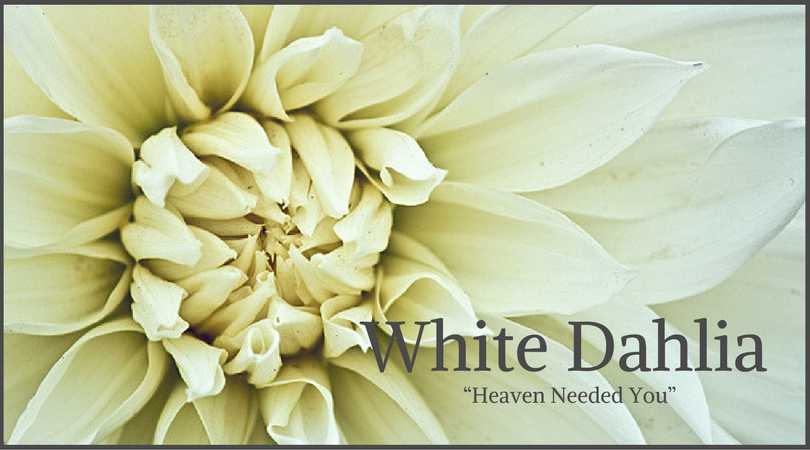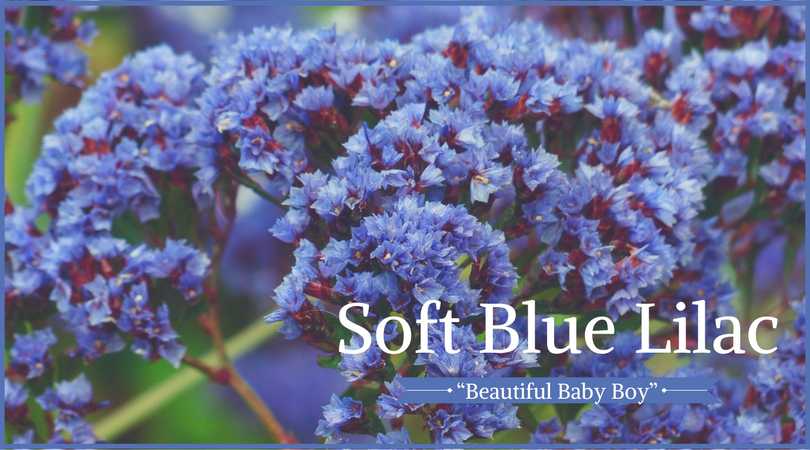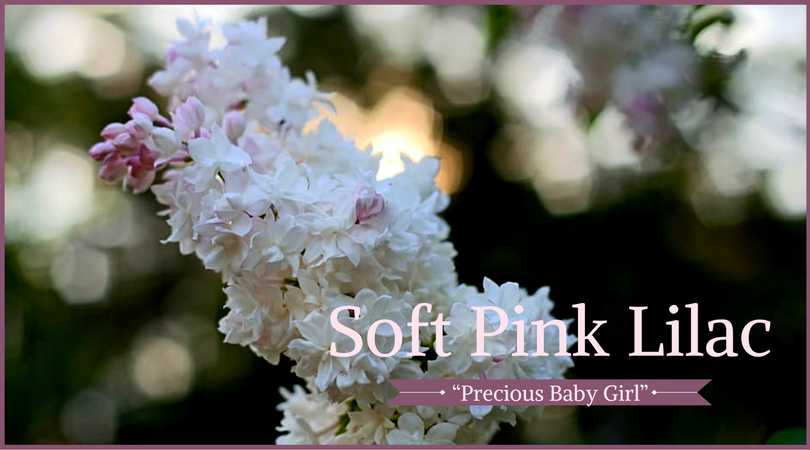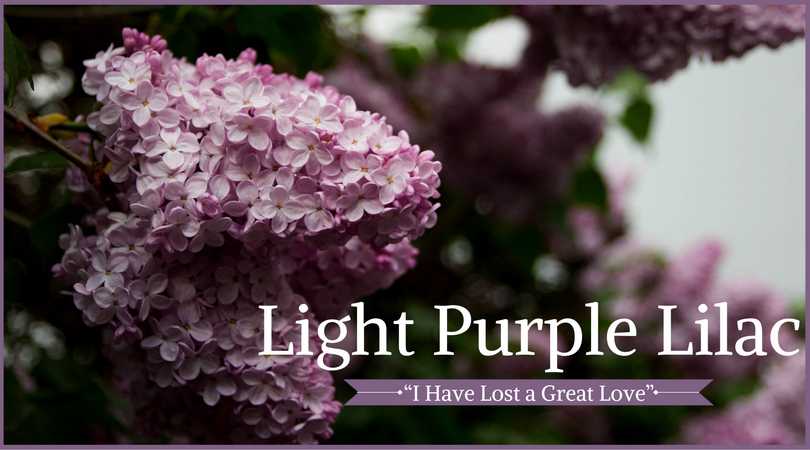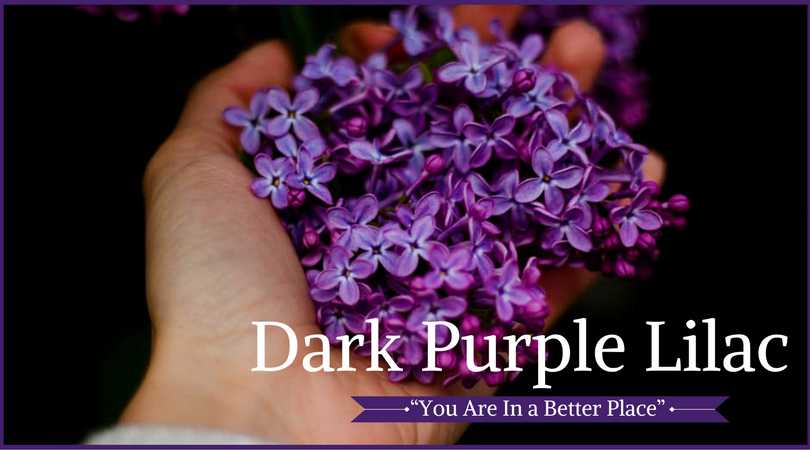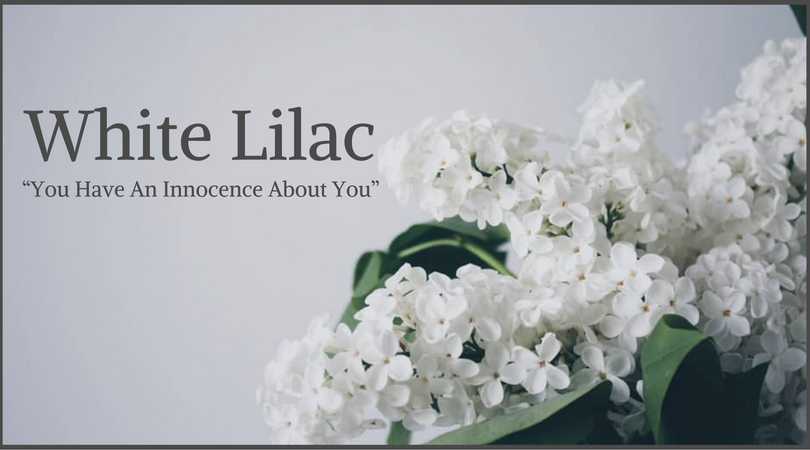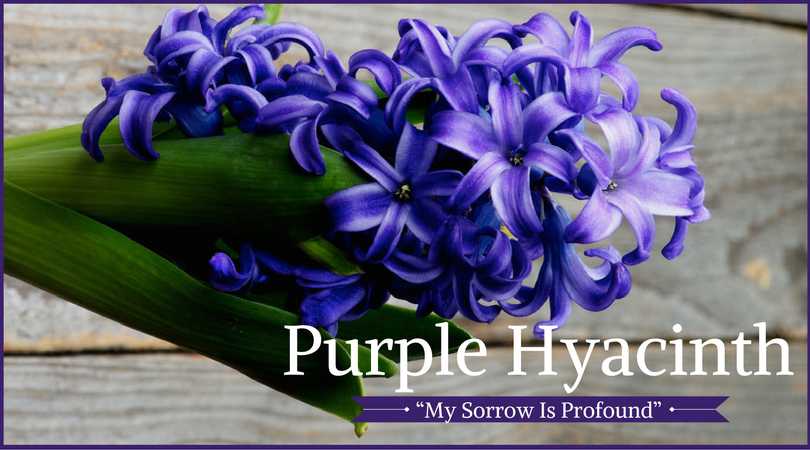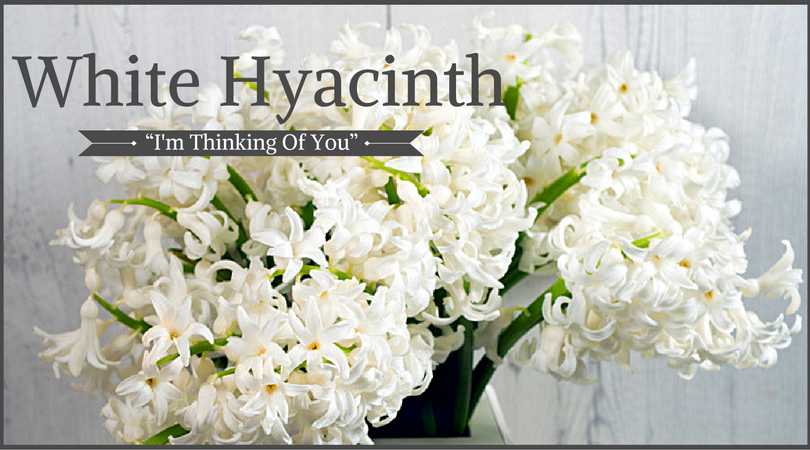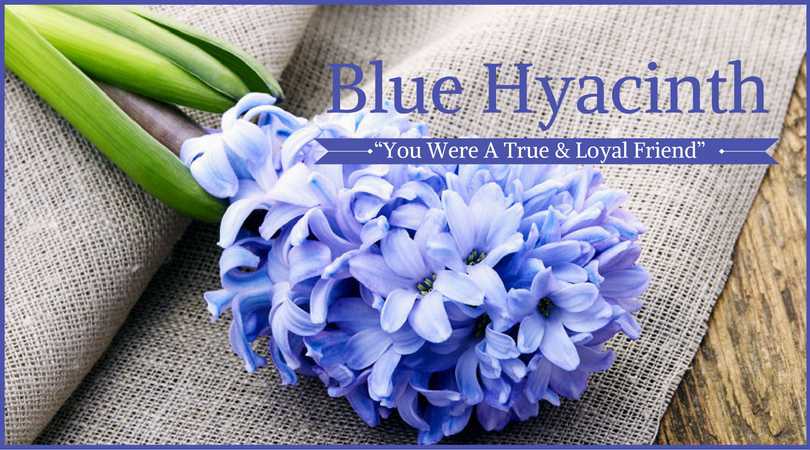
Wondering what types of flowers to include in a sympathy bouquet for a friend? Or are you feeling indecisive on what blossoms to include in a funeral flower arrangement, such as a casket spray?
Don’t worry, we’ve got you covered.
Our Ultimate Guide on Funeral Flowers and Their Meanings covers 13 of the most popular flowers for Western funerals and memorial services.
What makes our Guide the best is that it covers the most popular funeral flowers. The recipient of the bouquet or flower arrangement will appreciate the extra care you took to select flowers that convey heartfelt sentiments.
We cover funeral flowers in order of popularity, starting with the most popular flower of all time — the beautiful and fragrant rose. Our Ultimate Guide covers:
- Rose Meaning
- Orchid Meaning
- Lily Meaning
- Tulip Meaning
- Daisy Meaning
- Carnation Meaning
- Iris Meaning
- Chrysanthemum Meaning
- Hydrangea Meaning
- Poppy Meaning
- Dahlia Meaning
- Lilac Meaning
- Hyacinth Meaning

Flower meanings are shaped by a culture’s mythology and history. Therefore, a flower can mean different things across the globe.
Our Ultimate Guide focuses on flower meanings that are common in Western cultures. (However, we do include references to flowers that are meaningful in Asian cultures as well.)
Flower meanings in the West were heavily shaped by the Victorians that inhabited England during the reign of Queen Victoria, which started in 1937 when she ascended the throne and ended in 1901 with her death.
The Victorians believed that it was essential to consider the meaning of each flower before giving a bouquet as a gift. In fact, considering the meaning of a flower was as important to social decorum as being well dressed.
In the West, we often still use flower meanings devised by the Victorians.
Rose Meaning
The rose is one of the most famous and beloved of all flowers.
As William Shakespeare once wrote “What’s in a name? That which we call a rose by any other name would smell as sweet.”
Roses come in a rainbow of colours. Each colour and shade offers a distinct and different meaning. The following are some commonly associated meanings for each rose colour:
- Red roses mean enduring love, passion and respect
- Dark pink roses mean gratitude and appreciation
- Light pink roses mean gentleness and admiration
- White roses mean innocence and purity, or deep respect
- Black roses mean farewell or death
- Orange roses mean congratulations or thank you
- Yellow roses mean joy, wisdom, power, or good wishes
- Lavender roses mean enchantment, and love at first sight
- Coral roses mean desire
- Peach roses mean modesty
- Burgundy (and dark red) roses mean unconscious beauty or bashfulness
- White and red roses mixed together mean unity
- Red and yellow roses mixed together mean congratulations
- Yellow and orange roses mixed together mean passionate thoughts
- Pink and white roses mixed together mean enduring love
Origins of the Rose Meaning
The old English word rose comes from the latin word rosa, which in turn was derived from ancient Greek, Italian and Persian dialects as the flower was held in high regard in those regions.
In Greek mythology, the rose was a symbol of deep love and sorrow.
Aphrodite, the Greek Goddess of Love, was often depicted adorned with roses around her head, feet and or neck. It is also said that a rose bush grew from the pool of blood spilled from Adonis, Aphrodite’s slain lover.
The Egyptian goddess Isis and the Roman goddess Venus were also associated with the rose.
In Rome, a wild rose would be placed on the door of a room where secret or confidential matters were discussed. The phrase sub rosa, or “under the rose”, means to keep a secret and is derived from this ancient Roman practice.
In Greco-Roman culture the rose’s symbolic qualities represented beauty, the season of spring, and love. It also spoke of the fleetness of life, and therefore of death. In Rome, the feast called “Rosalia” was a feast of the dead, thus the flower referred to the next world.
Roses’ meaning of deep love and sorrow was adopted by early Christians, a practice that continues to this day.
In Christian mythology, a rose bush was said to have grown at the site of Christ’s death. The five petals of the rose are held to represent the five wounds of Christ.
The rose is also associated with the Virgin Mary.
Her connection with the rose meaning began around the 3rd century when Saint Ambrose wrote that she was like a “rose without thorns” because she immaculately conceived. (Thorns were believed to symbolize original sin.)
Saint Bernard of Clairvaux compared her virginity to a white rose and her charity to a red rose.
The association between the rose meaning and the Virgin Mary became even more prominent in the 12th century. Cathedrals built around this time usually include a “rose window” dedicated to the her.
(A rose window is a highly ornate, circular window usually found at the end of a transept or above the entrance to the cathedral.)
Virgin Mary’s connection to the rose meaning was further cemented in the 13th century when Saint Dominic instituted the Rosary, a series of prayers to the Virgin, symbolized by garlands of roses worn in heaven.
Thus the Rosary and the Virgin Mary’s rose came to symbolize the union between God and mankind.
In addition to Virgin Mary, the rose meaning is also connected with Christian martyrs whose blood was spilled for Christ’s sake.
A bouquet of red roses is used as a gift on Valentine’s Day, which is a day celebrating Saint Valentinus.
The rose is also often associated with numerology. In art of the renaissance period, a rose with eight petals was a message of rebirth and renewal.
In alchemical texts and art, a rose with seven petals was a symbol of inclusion, universal understanding, and order.
The association between numerology and the rose is also seen in Freemasonry where three roses are used to symbolize their guiding principles–Love, Life and Light.
Choosing Meaningful Roses For Funeral Flower Arrangements
For hundreds of years the beautiful rose has been widely recognized as a symbol of love, sympathy or sorrow. As such, it has become the most popular funeral flower.
If rose meaning is important to you, choose red, pink, black or white roses for a funeral flower arrangement or when ordering a sympathy bouquet.
Black roses, which mean farewell or death, are deeply connected with funerals.
Red roses, which mean enduring love, are the perfect funeral flower for a spouse or life partner, or another family member.
Dark pink roses, which mean gratitude and appreciation, and light pink roses, which mean gentleness and admiration, are good choices for any funeral or memorial service.
Pink roses are appropriate when the deceased person was a friend, neighbour, co-worker, teacher or mentor, or distant relative.
White roses, which mean innocence and purity, or deep respect, are the right choice for the funeral of a child, or for a very close friend.
While orange roses should not be used as funeral or sympathy flowers, they can given by the deceased’s family to people that helped out with the funeral service—for example, pallbearers, singers, speakers, church lunch ladies—as a token of appreciation. Orange roses mean “Thank You!”
When it comes to rose meaning, certain colour combinations are preferable over others when considering funeral flower arrangements.
White roses and red roses mixed together mean unity and have a spiritual overtone. When white roses are mixed with pink roses, the meaning changes to enduring love.
In addition to coming in a large variety of colours and hues, roses also come in a variety of shapes, sizes, and fragrance. There are over 150 species of roses and thousands of hybrids.
All species and hybrids of roses are appropriate for funeral flower arrangements.
The type of roses that you select will depend on availability.
Some types of roses are only available at certain times of the year. Some are spring roses, while others are fall or winter. For example, “Richmond” is the best red rose available at Christmas.
Orchid Meaning
Orchids grow all over the world and have been revered since ancient times. With their delicate blossoms, orchids are the epitome of simple elegance.
Orchids come in every color except true blue or true black. They simply do not have the genetic makeup to make these pigments. (But you can purchase white orchids that have been tinted blue with a patented dyeing process.)
While all orchids symbolize love and beauty on a general level, each color of orchid has a more specific meaning.
The following is a list of colours along with their orchid meaning:
- Blue orchids mean precious and rare
- Red orchids mean passion and desire, but can also mean strength and courage
- Pink orchids mean graceful, femininity, loveliness and innocence
- White orchids mean reverence and humility, innocence and purity, or elegance and beauty
- Purple orchids mean admiration, respect, dignity, or royalty
- Yellow orchids represent friendship, joy, or new beginnings
- Orange orchids mean enthusiasm, boldness, or pride
- Green orchids mean good fortune and blessings, or good health and longevity
Origins of the Orchid Meaning
You may be surprised to learn that this elegant flower earned its name from the Greek word orchis, meaning testicle.
The shape and fleshiness of orchids’ underground tubers looked like male genitalia to the ancient Greeks. (Apparently they had a keen sense of humour.)
Thus named, orchids became a symbol of virility and fertility in ancient Greece.
Since orchids grow all over the world, orchids have a long, rich and varied history.
The Aztecs reportedly mixed the vanilla orchid with chocolate to create a tasty elixir that was thought to promote power and strength. (Did you know that the vanilla flavor comes from an orchid?)
The Totonaco Indians of Mesoamerica also cultivated the vanilla orchid. According to ancient Totonaco legend, the vanilla orchid sprung from the blood of Princess Xanat when she and her lover were beheaded for disobeying her father’s wishes.
The Chinese have cultivated orchids for over 3,000 years. In traditional Chinese medicine, the orchid was used to help cure coughs and lung illnesses.
In the 1600s, traders from the Far East brought orchids to Europe.
It was during the Victorian era (1837-1901) that orchids came to mean love and affection.
The Victorians were fascinated with orchids. They collected and displayed them as a sign of luxury and as a symbol of their refined taste. They put orchids on a proverbial pedestal.
They believed that gifting a flower that was rare and difficult to find was symbolic of deep love. For them, a pink orchid conveyed pure affection.
Choosing Meaningful Orchids For Funeral Flower Arrangements
Orchids are a popular funeral flower all around the world. Their flowers are elegant, often fragrant, as well as long lasting.
If orchid meaning is important to you, avoid orchids that are yellow, orange, or green. They do not send the right message for a funeral or memorial service, or for a condolence gift.
Red orchids, which mean strength and courage, are perfect funeral flowers for a man, woman, a member of the military, or a person that bravely battled cancer or another illness.
Pink orchids, which mean grace, innocence, or femininity, are a great choice for mothers, grandmothers, aunts, and girls.
Blue orchids, which mean precious and rare, are appropriate for the funeral of a baby or young child, irrespective of their gender.
Purple orchids, which mean admiration, respect, dignity and royalty, would be perfect for a person that helped shape who you are today.
White orchids are appropriate funeral flowers for anyone, and mix beautifully with other colours. White orchids mean reverence and humility, innocence and purity, or elegance and beauty
Given that there are over 25,000 species and over 100,000 varieties, orchids come in an unimaginable number of shapes and sizes.
All species and varieties of orchids are appropriate to give as funeral flowers.
You can either give the orchid as a plant, which will last a long time provided it is cared for properly, or as cut flowers within a bouquet or some other type of flower arrangement.
You will need to check with your local florist to see what types of orchid plants and cut flowers are available.
Lily Meaning
Lilies are known around the world for their elegance and refined beauty.
Jesus famously said that even the richest, best-dressed man in the world is unable to compete with the glory of a lily.
“Consider the lilies of the field, how they grow; they toil not, neither do they spin. Yet I say unto you, that even Solomon in all his glory was not arrayed like one of these.” (Matthew 26: 28, 29)
Shakespeare echoed this divine sentiment and wrote in King John: “To gild refined gold, to paint the lily, is wasteful and ridiculous excess.”
There are hundreds of different true lilies. (In botanical terms, common day lilies and water lilies are not considered to be true lilies.)
When it comes to lily meaning, there are two important factors to consider, namely, the type of lily and the colour.
The following is a list of lily types and colours, along with their lily meaning:
- White lilies mean purity and innocence
- White stargazer lilies mean sympathy
- Pink stargazer lilies mean wealth and prosperity
- Peruvian lilies mean friendship and devotion
- Orange lilies mean passion or hatred
- Yellow lilies mean fun and gaiety
- Lily of the Valley means sweetness, purity of heart, tears of the Virgin Mary, or “You’ve made my life complete”
- Easter lily is a symbol of the Virgin Mary
- Peace lily plant means innocence or rebirth of the departed’s soul
- Oriental lilies mean eternal life
- Calla lilies mean beauty
- Eucharis lilies mean maiden charms
- Tiger lilies mean wealth and pride
Origins of the Lily Meaning
The lily has symbolized divinity and purity for centuries.
In ancient mythology, the lily was a symbol of the Greek goddess Hera. (The Romans called her Juno.)
The lily was so revered by the ancient Greeks that they believed it sprouted from the milk of Hera, the queen of the gods, after droplets spilled from her breast as she nursed Heracles.
The ancient Romans believed that the lily was the masterpiece of Juno, her finest creation.
For the Romans, the lily is also associated with their goddess Venus. According to their mythology, the goddess Venus arose from the ocean and saw a lily.
Its loveliness provoked her jealousy. In a fit of rage, she caused an ugly pistil to grow in the lily’s centre, thereby marring its beauty. (This story accounts for the lily’s additional association with female fertility and sexuality.)
By the third century, lily’s meaning still centered on femininity and divinity. But by then, the lily—especially white lilies—had become the symbol of the Virgin Mary, pure and innocent.
In early Christian teachings, it was said that Virgin Mary’s tomb was covered with white lilies. To this day, the Easter lily is still synonymous with the Virgin Mary.
Christianity has used lilies in other symbolism. The lily, with its three petals, represents the holy trinity.
The lily was also said to have grown from the tears Eve shed as she was cast out of the garden of Eden. Again, the lily is associated with deep sorrow.
Today, lilies—particularly white lilies—signify that after death the dearly departed enter heaven, a place where there is no sin, and regain their lost innocence and purity.
Choosing Meaningful Lilies For Funeral Flower Arrangements
The lily is the flower most commonly associated with funeral services. If you smell flowers at a funeral home, chances are that its the aroma of lilies.
It is often considered the go-to funeral flower because the lily meaning is that the soul of the deceased has returned to a peaceful state of innocence.
When selecting lilies for funeral flower arrangements, choose white lilies, which mean purity and innocence. Any variety would be appropriate.
If you are sending condolence flowers, choose white stargazer lilies, as this variety specifically symbolizes sympathy.
Instead of sympathy flowers, consider sending the grieving person a peace lily plant, which means rebirth. The plant will live much longer than cut flowers.
Oriental lily, meaning eternal life, is also an appropriate funeral flower, as is Easter lily, the symbol of the Virgin Mary.
If the person that passed away was very important to you, consider choosing Lily of the Valley. This gorgeous flower means: You’ve made my life complete.”
For western funerals and memorial services, brightly coloured lilies are best avoided. Not only do they not have funeral-appropriate meanings, they are much too festive looking.
White lilies, on the other hand evoke a feeling of peace and tranquility, which makes them suitable for such an occasion.
Tulip Meaning
Tulips are a simple, yet elegant flower that heralds spring.
Along with crocuses and daffodils, tulips are the first flowers to blossom each year, sometimes while there is still snow on the ground nearby.
Tulip meaning is tied to the choice of flower colour. Here is a list of available colours and their meanings:
- Red tulips mean deep love
- Pink tulips mean affection and caring (not as strong as love, like the red ones)
- Cream-colored tulips mean “I will love you forever”
- White tulips mean heaven, newness, or purity
- Maroon-black tulips mean power or strength
- Purple tulips mean royalty (as purple has long been known as a royal color)
- Variegated tulips mean “you have beautiful eyes” because of their beautiful colour patterns
- Yellow tulips mean cheerfulness, happiness and sunshine (perfect for happy occasions)
- Orange tulips mean energy, enthusiasm, desire and passion
Origins of the Tulip Meaning
The tulip originated centuries ago in Persia and Turkey and were cultivated as early as the 13th century.
The Turkish people who originally bred the flower considered it a symbol of paradise on earth and referred to tulips in poems and art pieces, both religious and secular.
Turkish men also loved to wear tulips in their turbans.
The popularity of tulips exploded during the 16th century when Turkish traders introduced the flower to the Dutch.
Around this time, tulips got their modern name, which comes from the Persian word meaning “turban”.
Tulips became so popular in Europe during the 17th century, especially in the Netherlands, that it led to “tulip mania.” Tulips became so highly prized that prices skyrocketed. This was followed by sudden market crash.
In March 1637, which was the peak of “tulip mania,” some single tulip bulbs sold for more than 10 times the annual income of a skilled craftsman. This is generally considered to be the first recorded speculative bubble that burst.
The term “tulip mania” is now often used metaphorically to refer to any large economic bubble when asset prices deviate from intrinsic values.
Today, tulips are grown throughout the world, but people still identify cultivated varieties as “Dutch tulips.”
Choosing Meaningful Tulips For Funeral Flower Arrangements
Tulips are popular funeral and sympathy flowers because of their simplicity, their meaning, and their shape that suits any flower arrangement.
White tulips, which mean heaven and eternity, are always an excellent choice.
Cream-colored tulips mean “I will love you forever,” making them an appropriate choice for someone that you are very close to. The same goes for red tulips, which symbolize deep love.
For distant relatives, neighbours, and co-workers, choose pink tulips, which mean caring and affection. Pink tulips convey warmth towards the recipient, without being emotionally effusive.
For funerals of military personnel or pillars of the community, choose maroon-black tulips as they mean power and strength.
When it comes to flower arrangements for western funerals and sympathy flowers, avoid yellow, orange and variegated tulips. They are simply too cheerful for a solemn occasion.
Daisy Meaning
When we think of daisies, we typically think of English daisies with their round, yellow centre, and white petals.
However, when botanists refer to daisies, they mean an entire group of plant species in the plant family called Asteraceae, which also includes gerbera daisies, aster flowers, and sunflowers.
Another interesting botanical fact is that a single daisy flower is actually made up of two separate flowers. The centre of the daisy is actually one flower, it is made up of a cluster of small, close-knit petals. The large petals that surround the centre make up another flower.
Daisies can be found in many parts of the world, including North America, Europe and Africa.
The daisy meaning depends on the species and colour of daisy, and is highly varied. Here is a list of some types of daisies commonly sold by florists and their meaning:
- Michaelmas daisy mean “farewell”
- White gerbera daisies mean the innocent hearts of children
- Yellow and orange gerbera daises mean cheerfulness. (However, when paired with ferns, gerbera daisies mean sincerity.)
- Red gerbera daises mean deep love
- Pink gerbera daisies mean admiration, adoration, or high esteem
- English daisy with their yellow or pale centres mean innocence. (However, if paired with primroses, which mean childhood, English daisies mean mother love.)
- Aster flowers mean patience and elegance. (The colour of the aster flower does not affect its meaning.)
- White and cream coloured sunflowers mean innocence
- Vibrant red and orange sunflowers mean strength and positivity
- Yellow sunflowers mean happiness or long life
- Brown and burgundy sunflowers mean loyalty
Origins of the Daisy Meaning
With a wide variety of species, the daisy has a rich and varied history.
The modern English word daisy comes from an Old English word meaning “day’s eye” because daisy flowers only open during the daytime.
In the early 1800’s, the word “daisy” became a slang word for something of excellent quality, as in: ‘That’s a daisy!” Over time, this expression morphed into: “That’s a doozy.”
Aster flowers, a type of daisy, have grown wild since ancient times. The name “aster” comes from the Greek word for “star,” appropriate since the aster has a star-like flower.
According to ancient Greek legend, when the god Jupiter decided to flood the earth to destroy the warring men, the goddess Astraea was so upset she asked to be turned into a star.
Her wish was granted, but when the flood waters receded she wept for the loss of lives. As her tears turned to stardust and fell to earth, the beautiful aster flower sprung forth.
In another ancient Greek legend, when King Aegeus’ son Theseus volunteered to slay the Minotaur, he told his father he would fly a white flag on his return to Athens to announce his victory.
However, Theseus forgot to change the flags and sailed into port with black flags flying. Believing his son to be killed by the Minotaur, King Aegeus promptly committed suicide.
It is believed that asters sprung forth where his blood stained the earth.
Given the mythology, Asters featured heavily in the religious life of the ancient Greeks. Since asters were believed to be sacred to the gods, they were used in wreaths placed on altars.
Asters leaves were also burned by the ancient Greeks to ward off evil spirits—as well as snakes, a more temporal danger!
In both English and German history, asters were believed to hold magical powers.
In France, asters were called “the eyes of Christ”. Asters were laid on the graves of dead soldiers to symbolize the wish that things had turned out differently in battle.
The gerbera daisy is native to South Africa. The Latin name for the gerbera daisy is Gerbera Jamesonii, and was co-named after botanists Traugott Gerber and Robert Jameson, who discovered the flower on an expedition to this continent.
An interesting fact about gerbera daisies is that they always turn towards the sun, as do sunflowers.
Not only do sunflowers love the sun, they look like the sun with their bright centres and flaming petals.
The scientific name for sunflower, Helianthus, literally combines the Greek words for “sun” and “flower.” In Greek mythology, the sunflower is tied to a story of a nymph who becomes the flower after losing her one true love.
All around the world sunflowers are associated with warmth, positivity, power, strength, and happiness, given its resemblance to the sun itself.
In China, yellow sunflowers are considered to be a good luck charm and are given at festive occasions like a graduation or the launch of a new business.
Choosing Meaningful Daisies For Funeral Flower Arrangements
When it comes to funeral flower arrangements and condolence bouquets, there are many species of daises that are appropriate, both for their beauty and their meaning.
The simple Michaelmas Daisy means “farewell.” A funeral or memorial service is where we say our final goodbye to the dearly departed. Therefore, this flower is always appropriate.
Gerbera daisies are popular funeral flowers around the world. Choose white, red or pink Gerbera daises.
We suggest that you include ferns in the flower arrangement with yellow or orange gerbera daisies so that the meaning shifts from “cheerfulness” to “sincerity.”
For mom’s funeral, we suggest choosing both English daisy and primrose. The pairing means “mother love.”
For a mother’s funeral, or grandma’s funeral, you could also choose Aster flowers in any colour because they mean patience and elegance, or pink gerbera daisies which mean admiration, adoration, or high esteem.
Select white daisies (e.g. English daisy; white sunflowers; or white gerbera daises) for a child’s funeral. White daises mean innocence.
Choose red gerbera daises when you want your bouquet to signify deep and everlasting love.
Brown and burgundy sunflowers mean loyalty, which makes them perfect as military funeral flowers, or as a gift honouring a life-long friendship.
Carnation Meaning
Carnations, with its ruffled petals and its sweet clove-like fragrance, are a popular flower around the globe.
Today, Carnations come a rainbow of colours, from pure white, shades of pink, purple, red, yellow, and even green. Carnations also come in many striped or variegated versions.
As with other types of funeral flowers, carnation’s meaning is influenced by its colour. Here is a list of common carnation colours and meanings:
- Red carnations mean deep love and admiration
- White carnations mean pure love, purity, faithfulness, or innocence
- Pink carnations mean a mother’s love, gratitude, or remembrance
- Yellow carnations mean disappointment or rejection
- Purple carnations mean unpredictability
- Green carnations mean happy and carefree. (In the Victorian era, this flower became a symbol of homosexuality.)
- Striped carnations mean rejection or regret
Origins of the Carnation Meaning
Carnations are one of the oldest cultivated flowers in the world. It is said that the existence of the carnation flower dates back 2000 years or more.
The flower has a rich history and has been incorporated into the mythology of many cultures across the centuries.
The carnation’s scientific name, Dianthus, comes from a combination of two Latin words, dios, meaning gods, and anthos, meaning flower. Carnations are referred to as the flowers of the gods.
There are two schools of thought about how this flower earned the common name of carnation.
Some experts believe that this flower derived its name from the word corone which means flower garland, or from the word coronation because it was used in Greek ceremonial crowns.
Other experts say that it is derived from the Latin word carnis, meaning flesh, because of its pinkish tinge, or from the word incarnacyon, meaning incarnation of God in the flesh.
The early Christians adopted carnations as a symbol of Christ’s divinity.
According to Christian legend, the carnation flower appeared after the Crucifixion of Christ. When his mother, the Virgin Mary, wept at the death of her son, her tears fell to the earth.
Carnations are said to have sprang forth from each spot where Mary’s tears stained the earth. (This story lends credence to the theory that the carnation earned its name from the Latin word incarnacyon.)
In another version of this story, it is said that pink carnations first bloomed from the Virgin Mary’s tears as she wept for her son, Jesus. Accordingly, pink carnations symbolize a mother’s undying love, making the pink carnation the most precious of all flowers.
Today, carnations represent Mother’s Day. This tradition started in 1908 after the founder of the holiday, Anna Jarvis, chose the white carnation to be the official flower of the holiday. White carnations celebrate the hard work and devotion of mothers everywhere.
Choosing Meaningful Carnations For Funeral Flower Arrangements
Carnations are the “go to” flower for funeral flower arrangements and sympathy flowers.
They are often chosen because of their variety of colours (and meanings), their fragrance, their affordability, and how long-lasting they are.
As with other types of funeral flowers, red carnations mean deep love. They are highly suitable for commemorating the life of someone you love profoundly.
Pink carnations means that you will always remember the dearly departed and are grateful for having known him or her. Therefore, pink carnations are suitable when the deceased person was an important person in your life.
Pink carnations are also particularly suited to the funeral or memorial service of a mother, as they can also signify motherly love.
White carnations, which mean pure love, purity, faithfulness or innocence, are appropriate for any funeral flower arrangements or as sympathy flowers.
White carnations are also particularly well-suited for a child’s funeral.
When it comes to western funerals and memorial services, yellow carnations and stripped carnations should be avoided. These carnations mean disappointment, rejection, or regret.
A funeral is not really the time to bring up past hurts or relay negative emotions to the recipient of the flowers.
Purple carnations are not typically selected for funeral flower arrangements or as sympathy flowers given they mean “capricious.”
However, purple carnations may be appropriate if the deceased was unpredictable, and if you want to honour that quality in his or her character. As examples: if he was spontaneous; if she was creative and artistic; if he liked to travel off the beaten path; if she played by her own rules.
Likewise, green carnations are not typically used in western funerals given their connection with homosexuality. Of course, if the deceased person was gay, green carnations may be a flower you wish to include to acknowledge his sexual orientation.
Iris Meaning
With striking uniqueness and beauty, irises have rich meanings. When irises are included in flower arrangements, they can convey deep sentiments.
Irises come in a large variety of shapes, sizes and colours, as there are around 325 species and 50,000 registered varieties.
These flowers are typically divided into two groups, bearded iris and beardless irises, which include Japanese and Siberian irises. They range from towering flowers of five feet or more to tiny dwarfs less than eight inches tall.
The flower has long, soft petals that gently flap in the wind. In China, the iris is known as tze hu-tieh, which translates into: the purple butterfly.
Irises bloom in a variety of colours, each with their own distinct meaning:
- Blue iris means hope and faith
- Yellow iris means passion
- White iris means purity and innocence
Origins of the Iris Meaning
The majestic iris has an ancient history and has been connected with royalty, the divine, and the afterlife.
The iris flower was named after the ancient Greek goddess Iris. She was a messenger to the gods and traveled between heaven and earth by using a rainbow as a bridge.
The ancient Greeks planted purple iris flowers on the graves of women, believing they would entice the goddess Iris to lead their loved ones to heaven.
Greek beliefs likely influenced the ancient Egyptians who also used the iris to symbolize their connection to heaven. Depictions of irises can be found in a number of Egyptian palaces.
By the middle ages, France took up the gauntlet and began to use iris flowers to symbolize royalty and power. The fleur-de-lis, one of the most well-known of all symbols, is derived from the shape of the iris flower. It remains the National symbol for France.
Irises have also been long used in ‘Mary Gardens,’ which are small sacred gardens enclosing a statue or shrine of the Virgin Mary. The blade-shaped foliage of the iris is thought to represent the sorrows that ‘pierced her heart.’
Choosing Meaningful Irises For Funeral Flower Arrangements
Irises make a beautiful addition to any funeral flower arrangement or bouquet of sympathy flowers. Any colour of iris (except yellow) is suitable for a western funeral service.
White iris, purple iris, and blue iris all have broad meanings, making them appropriate funeral flowers for family members, friends, neighbours, and co-workers. These flowers are also appropriate for both genders.
Purple iris and blue iris are often used as funeral flowers for soldiers as they convey respect, hope and faith. Depending on the colours of your national flag, irises may also fit in with a patriotic colour theme for the flower arrangement.
For example, blue and white irises are perfect military funeral flowers when soldiers are from certain countries. For example: United States, United Kingdom, Australia and New Zealand. (You could also include yellow irises if yellow is on your national flag.)
The type of iris that you select for your funeral flowers will be determined by what flowers your florist has in stock.
In addition to the colour of the iris, you should also consider the size of the bloom so that it matches the scale of the arrangement.
For example, a small, white iris would best suit a flower arrangement for a child’s funeral, whereas a big, bearded iris flower would be too large for a delicate arrangement.
Chrysanthemum Meaning
The chrysanthemum was first cultivated from wild blossoms by the Chinese in the 15th century.
Chrysanthemums—sometimes called ‘mums’—are now one of the most important cut flowers used for bouquets all around the world.
Breeding has led to a large variety of colours, flower sizes and shapes. Some varieties have daisy-style blooms with a single row of petals around a central, visible centre, while others are so ruffled and doubled that the flowers looks like pom-poms.
In some European countries—for example, France, Belgium, Italy, Spain, Poland, Hungary, Croatia—incurve chrysanthemums are symbolic of death and are used only for funerals or on graves. (Other types of chrysanthemums carry no such meaning.)
Similarly, in some Asian countries—for example, China, Japan and Korea—all types of white chrysanthemums are symbolic of grief and lamentation, while pink chrysanthemums are associated with funerals and the afterlife (despite their cheerful colour).
The following is a list of common chrysanthemum meanings based on colour:
- White chrysanthemums mean deep grief. (They can also mean loyal love, honesty and truth.)
- Red chrysanthemums mean deep love
- Pink chrysanthemums symbolize the fragility of romantic relationships (in Victorian flower meanings), whereas, in Asian cultures pink chrysanthemums are associated with funerals and the afterlife
- Purple chrysanthemums mean unbearable pain at the thought of losing a loved one. (When given to a sick person, purple chrysanthemums mean a merry wish for wellness.)
- Orange chrysanthemums mean delicate love
- Yellow chrysanthemums mean slighted or neglected love, or sorrow
- Blue chrysanthemums mean that the love is over and the person has gotten over the pain caused by the breakup
Origins of the Chrysanthemum Meaning
Chrysanthemums share a common Greek source for their name. The words chrysos—meaning gold—and anthemon—meaning flower—were combined to reflect the beauty and value of this blossom. (Original hybrids of chrysanthemum had yellow or orange blossoms.)
This name carries over the Chinese and Japanese translations as well with their literal meaning of gold flower or blossom.
Chrysanthemums were first cultivated in China as a flowering herb as far back as the 15th century BC. It was used in traditional Chinese medicine to treat colds, fevers, and itchy, red eyes. Chrysanthemums were also used to brew a relaxing tea.
The chrysanthemum became so highly valued in Chinese culture that the flower, along with the plum, bamboo and orchid, were collectively referred to as the ‘Four Noble Ones’. Only the noble were allowed to grow the chrysanthemum in their garden. The flower is also highly celebrated in poetry and art.
Confucius once said that chrysanthemum represents perfection and should be used as an object of meditation.
Buddhist monks brought this flower to Japan in 400 AD. The Japanese Emperors were so impressed by the blossom that they often sat on thrones covered in chrysanthemums.
Chrysanthemum is now the national flower of Japan. For the Japanese, it symbolizes the sun. They consider the orderly unfolding of the chrysanthemum’s petals to represent the rising of the sun or perfection. They even have a “Festival of Happiness” each year to celebrate their love of chrysanthemums.
By the year 1630, over 500 cultivars had been developed in Asia. White and pink chrysanthemums became strongly associated with funerals and the afterlife.
Chrysanthemum was introduced to the English in 1789. The Victorians considered it strictly a flower of friendship and good wishes for people in poor health.
In Europe, on the other hand, the chrysanthemum was believed to represent death and was often placed on a loved one’s tombstone as an offering, especially on All Soul’s Day.
By the early 19th century, chrysanthemum was brought to the United States. It became the official flower of the city of Chicago.
While chrysanthemums are generally associated with cheerful thoughts in the U.S., in New Orleans it is only used for All Saints Day celebrations and has become a symbol of the honoured dead in that city.
Today, chrysanthemum is the official flower for the month of November. It’s also the traditional flower of choice for Mother’s Day gifts in Australia.
As you can see, chrysanthemum can both represent love and happiness, as well as death and loss, depending on the cultural context.
Choosing Meaningful Chrysanthemums For Funeral Flower Arrangements
Given their meaning, beauty, and availability, chrysanthemums are perfect blossoms for funeral flower arrangements and sympathy flowers.
Across all cultures, white chrysanthemum means deep grief. Choose white chrysanthemums when your relationship with the deceased or bereaved person was, or is, especially close.
You can also choose red chrysanthemums that mean deep love, or purple chrysanthemums that mean unbearable loss.
Pink chrysanthemums are also appropriate funeral flowers, especially for Asian cultures.
Yellow chrysanthemums mean sorrow and are therefore one of the few yellow flowers that can be included in condolence bouquets. (Yellow flowers usually mean happiness and good fortune.)
Your florist will likely have a good variety of chrysanthemum as it is a popular cut flower.
In addition to the colour and meaning of the chrysanthemum, you should also consider the size of the bloom so that it matches the scale of the arrangement.
For example, a small, white button chrysanthemum would best suit a flower arrangement for a child’s funeral, whereas a big, spider chrysanthemum with its long, outstretching petals, would be too large for a delicate arrangement, but perfect for a casket spray.
Hydrangea Meaning
About 75 different flowering shrubs share the botanical name of hydrangea.
This group is named from the Greek words for water, hydros, and jar or jug, angos. Despite the name, the cone or ball shaped bursts of blossoms do not hold water, but rather require a lot of moisture as they are developing.
The flower was first discovered and cultivated in Japan, but spread across Asia over hundreds of years.
A wild species of hydrangea was also indigenous to North America. Archeologists have discovered ancient hydrangea fossils dating back to 40-65 million years ago.
Hydrangeas didn’t appear in Europe until 1736 when a colonist brought a North American variety to England.
Hydrangeas are naturally white. However, given its ability to hold aluminum, the flowers can quickly turn blue based on the acidity of the soil. Hydrangeas can also be yellow, green, pink, red, purple or violet, and can even come in a mix of colors.
Most hydrangeas grow in a single color per plant, but the Bigleaf Hydrangea changes colour from pink to blue based on soil acidity. This ability has led to hydrangeas being called the ‘chameleons’ of the plant kingdom.
Hydrangea flowers can have three different shapes.
The most common shape is the mophead hydrangea, where the flower grows in a big ball-shaped cluster. Lacecap hydrangea has clusters of tiny blooms accented by larger blooms. Panicle hydrangea has flowers that grow in cone-shaped clusters.
All around the world, hydrangea symbolizes heartfelt emotions, ranging from pure joy to deep sadness.
In a positive sense, hydrangeas can be used to express gratitude for being understood, or profound love.
On the other hand, in its negative sense, hydrangea symbolizes rejection, coldness and heartlessness. Hydrangea can also symbolize boastfulness and vanity, perhaps because of its showy beauty, and the fact it produces very few seeds.
Hydrangea meaning will depend on the colour of the bloom, as well as cultural context. Each meaning stems from different cultural beliefs and stories.
Here is a list of common hydrangea colours and their various meanings:
- Blue hydrangea means forgiveness, regret, deep sorrow, or rejection
- White hydrangea means purity, grace, or abundance. It can also be used to convey bragging or boasting
- Purple hydrangea means a desire for a deeper understanding of someone else, or to symbolize abundance and wealth
- Pink hydrangea means sincere emotions, especially love
Pink hydrangeas are popular cut flowers for marriage proposals, weddings, the fourth wedding anniversary, funerals and memorials, because of their heartfelt meaning.
This association between pink hydrangea flowers and true love is further enhanced because their shape resembles a beating heart.
The pink hydrangea has risen in popularity all over the world, especially in Asia.
Famed Asian florist Tan Jun Yong has been quoted as saying: “The light delicate blush of the petals reminds me of a beating heart, while the size could only match the heart of the sender!”
Origins of the Hydrangea Meaning
The hydrangea was first cultivated in Japan where it was used to express apologies, gratitude, or enduring love.
An emperor supposedly gave hydrangeas to a maiden he loved as an apology for neglecting her when other business took up all his attention.
The Japanese also believe hydrangea means enduring love because the flower persists in blooming during the month of June, which is Japan’s rainy season.
The Victorians were not as fond of the hydrangea and considered it a mostly negative plant. The flowers were sent to declare someone a boaster or braggart, or to chastise someone for their frigidity in turning down a claim of romantic love.
Choosing Meaningful Hydrangeas For Funeral Flower Arrangements
With their deep meanings, different shapes and colours, hydrangeas are popular blossoms to use in funeral flower arrangements or for memorials.
Choose pink hydrangea to celebrate the love you shared with a special person with whom you either had a romantic relationship with or a deep friendship.
Pink hydrangea has a feminine overtone. Use it in a funeral flower arrangement or a sympathy bouquet for a mom, grandma, sister, aunt, or daughter.
White hydrangea, which mean purity and grace, are appropriate for any bouquet, irrespective of the type of relationship you had with the person that passed away. They are especially appropriate for a child’s funeral.
You may include blue hydrangea if there is something you regret about your relationship with the deceased, or have deep sorrow over his or her passing.
Blue hydrangea is also perfect for a male funeral service, given its masculine tone. It can also be used for military funerals, if blue is part of the country’s patriotic colour palate—for example, United States, Australia, New Zealand.
Poppy Meaning
The simple poppy, with its cup-shaped flower, grows in cooler climates all over world.
Poppies are often found growing in fields and ditches. Despite growing in humble places, poppies have enchanted poets and artists for centuries.
Poppy meaning is influence by the colour of the blossom, as well as cultural context. Some common poppy meanings are as follows:
- Red poppy means death, remembrance, and consolation in Western cultures, (whereas in Eastern cultures, red poppy symbolizes success or love)
- White poppy means rest and peace, and is used all around the world for funerals and memorials. It is also an international symbol of remembrance for all casualties of war, civilians included
- Purple poppy has been used to commemorate animal victims of war
- Pink poppy means imagination
- Blue poppy means luxury
- Yellow poppy means wealth and success
- Orange poppy also means wealth and success
Origins of the Poppy Meaning
When it comes to plant symbolism, the poppy has a long and rich history.
Ancient Greek, Egyptian, and Roman societies linked it with sleep due the sedative effect of the plant’s sap.
The Greeks in particular associated the poppy with sleep because of Morpheus, the God of sleep. Morphine, a drug deprived from the poppy, is so named because of this association.
Ancient cultures also associated red poppies with death because of its blood-like colour. There is historical evidence that Greeks and Romans used poppies to decorate funerals and burial tombs, and for offerings to the dead.
In Chinese and Japanese cultures, red poppy means deep and passionate love between two people, while white poppy is symbolic of death.
According to Chinese legend, a beautiful woman, Lady Yee, was married to Hsiang Yu, a mighty warrior. Lady Yee was also courageous, accompanying her husband into battle.
After a long war, with defeat on their doorstep, Lady Yee tried to boost her husband’s morale by dancing with his sword. It was said that the petals of the poppy flower reflect her spirit as she danced in the wind.
When her attempt to cheer her depressed husband failed, Lady Yee committed suicide. According to the legend, a cluster of poppies sprang in full bloom from her grave.
The Victorians gave the flower a variety of meanings based on the colour of the blossom, including consolation for loss, deep sleep, and extravagance.
After the First World War, the red poppy became an international symbol of soldiers’ sacrifice, death, and peaceful rest.
The poppy’s association with veteran remembrance came about because of a poem written by Canadian Lieutenant Colonel John McCrae, titled “In Flanders Field.”
McCrae wrote this moving poem shortly after his good friend was killed, and read it at his graveside in the battlefield:
In Flanders fields the poppies blow
Between the crosses, row on row,
That mark our place; and in the sky
The larks, still bravely singing, fly
Scarce heard amid the guns below.
We are the Dead. Short days ago
We lived, felt dawn, saw sunset glow,
Loved and were loved, and now we lie
In Flanders fields.
Take up our quarrel with the foe:
To you from failing hands we throw
The torch; be yours to hold it high.
If ye break faith with us who die
We shall not sleep, though poppies grow
In Flanders fields.
This poem became so popular that red poppies are now worn in many Western countries as a symbol of the sacrifices made by veterans, including Canada, United Kingdom, Ireland, United States, Australia, and New Zealand.
The white poppy was introduced in 1933 as a way to commemorate all causalities of war, including civilians, by Britain’s Cooperative Women’s Guild. The white poppy is said to highlight the importance of peace, and has been used by pacifists as an alternative to the red poppy, which has been criticised by some as ‘glamourizing’ war.
To commemorate animal victims of war, a British animal welfare society issued a purple poppy, which can be worn alongside the traditional red one, as a reminder that animals are also killed during action. However, the purple poppy was recently replaced by a purple paw symbol that can be worn all year round.
Choosing Meaningful Poppies For Funeral Flower Arrangements
Poppies have a simple elegance and a long association with death and remembrance, making them the perfect flower for sympathy bouquets and funeral flower arrangements, particularly if you are honouring a soldier.
Stick with red or white poppies when it comes to Western affairs. The other colours of poppies are not appropriate for funerals.
If you are choosing sympathy flowers for an Asian family, you may use white poppies. In this case, do not use red poppies because they mean ‘romantic love’ in Eastern cultures.
Check with your florist if he or she is able to source poppies for the flower arrangement. They are not as readily available as some other types of flowers.
If you are planning funeral flowers for someone in the military, and you have your heart set on using red poppies, but are having no luck in sourcing fresh flowers, consider using silk flowers instead.
Red poppies made from silk are available at many craft stores, and can be mixed with fresh flowers and greenery to make a beautiful and meaningful tribute to a fallen soldier.
Dahlia Meaning
Wild dahlias originally grew in Mexico and other South American countries, primarily in mountainous valleys that were protected from harsh conditions in the spring and summer months.
Today, there is great variation among the different species of dahlia in regards to the plant height, flower size, petal color and shape, and the number of petal rows.
The dahlia’s flowers can be white, yellow, orange, red, pink or purple, and are either solid or patterned with different colored stripes or edges.
The petals of different varieties of dahlias can be long or short, pointed or round, uniformly or irregularly spaced, or curl at the edges.
As with other flowers, dahlia meaning is determined by flower colour. Here are the most popular colours and their meanings:
- Red dahlia conveys strength to the person receiving the flower as a gift
- Pink dahlia means kindness and grace
- Purple dahlia means kindness and grace
- White dahlia means purity and innocence
- Blue and green dahlias symbolize fresh starts and big changes
- Black dahlia, which is actually a burgundy color, mean betrayal. (There is no such thing as a true black flower in the plant world.)
Origins of the Dahlia Meaning
This flower is indigenous to the mountainous regions of Mexico and South America.
When the Spanish arrived in the 1500’s, they discovered that Aztec Indians used wild and cultivated varieties of dahlia to treat epilepsy. They also used the long, hollow stem of the dahlia plant for water pipes.
After the Spanish conquistadors defeated the Aztec Indians, returning botanists transported the dahlia plant to Spain.
During the Medieval era and Renaissance period, dahlia was used as an abstract religious symbol to represent various deities.
During the 18th century, dahlia seeds were sent to Swedish botanist Andreas Dahl. He helped popularize the flower throughout Western Europe and Scandinavia, and the dahlia has been named after him.
In Victorian times it was inappropriate to exhibit intimate feelings in public. The Victorians therefore exchanged flowers to express unspoken words of affection.
Dahlias, like many of varieties of flower, were imbued with different meanings. They can signify a lasting bond and commitment between two people.
In 1824, Lord Holland sent his wife a note containing the following verse:
The dahlia you brought to our isle
Your praises for ever shall speak;
Mid gardens as sweet as your smile,
And in colour as bright as your cheek.
For the Victorians, the dahlia also had another possible—and contradictory—meaning: betrayal, dishonesty, or conflict.
As dahlias had disparate meanings, the Victorians would sometimes include a note with the bouquet of dahlia flowers to clarify their sentiments.
Today, dahlia is fittingly the national flower of Mexico. It is also the birth flower for August, but in some traditions, it is the birth flower of November.
Choosing Meaningful Dahlias For Funeral Flower Arrangements
When it comes to creating a bouquet that really stands out, the dahlia would make a wonderful addition because its multi-layered petals add a lot of body and beauty to an arrangement.
If you are selecting flowers to include in a condolence bouquet, consider choosing red dahlia to wish the recipient strength during a difficult time.
If the person that passed away was known for his or her kindness and grace, select pink or purple dahlias to include in the flower arrangement.
White dahlia is the perfect funeral flower. It means purity, connoting heaven and spirituality. White flowers compliment any bouquet or arrangement because they are a neutral colour.
Lilac Meaning
Flowers from the lilac bush are not only beautiful, but they are incredibly fragrant. It is a common ingredient in cosmetics, perfumes, and aromatherapy oils. The lilac flower also produces nectar loved by butterflies and bees.
Lilacs originated in Southeastern Europe and are a popular part of the Mediterranean culture. Lilacs belong to the same family as the olive tree. Wild varieties of lilac can also be found in Asia.
European colonists first brought over their beloved lilac bushes to North America in the 1750s. The lilac soon spread across the country and became a beloved flower. Both George Washington and Thomas Jefferson had an affinity for lilacs and grew them in their gardens.
Although various colors of lilacs have different meanings, the lilac has always had a strong association with love, romance or friendship, throughout history. In Victorian times, widows often wore lilacs as reminders of their lost loves.
Since lilacs are often the first flowers to bloom when temperatures rise and only last a couple of weeks, they are thought to symbolize spring.
These are the colors of lilacs as recognized by the International Lilac Society, along with their lilac meaning:
- White lilac means purity and innocence, especially in relation to childhood
- Violet lilac means spirituality
- Dark purple lilac reflects that the wearer is concerned or knows about spiritual mysteries
- Light purple lilac means first love
- Blue lilac symbolizes a baby boy, but soft blue lilac can also mean happiness and tranquility
- Pink lilac symbolizes a baby girl, but soft pink lilac can also mean love and strong friendship
- Magenta lilac means passion, love, and the sheer thrill of being alive, especially after surviving a harrowing experience
Origins of the Lilac Meaning
Lilac’s botanical name is Syringa and comes from an ancient Greek legend.
According to Greek mythology, Pan, the god of the forests and fields, was besotted with the beauty of a beautiful nymph named Syringa.
Pan relentlessly pursued Syringa through the forest. Frightened by Pan’s ardent amorous advances, Syringa tried to escape him by turning herself into an aromatic bush that we now call ‘lilac’.
To Pan’s surprise, he could not find Syringa, but he did find the shrub that was her disguise. In frustration, Pan cut some branches from the lilac shrub and quickly discovered that branches from this bush are hollow. He then fashioned the first pan flute from the hollow branches.
Since ancient times, the lilac flower has grown in popularity around the world. Lilac meanings vary throughout different cultures and time periods.
In Southern Europe, lilacs are celebrated at Easter, which occurs during the peak of Spring and bloom time.
The Celtics regarded the lilac as having magical powers due to its incredibly intoxicating fragrance.
In Victorian England, giving a bouquet of lilacs was meant to remind the recipient of an old love. In fact, widows often wore lilacs to pay homage to their dearly departed husbands.
While in Russian, parents would hold a lilac blossom over a newborn baby to bring him or her wisdom.
The beauty and symbolism of lilacs has been captured in art and literature. For example, the impressionist painters Vincent Van Gogh and Claude Monet both have famous works showcasing the majesty of lilacs.
As another example, celebrated American poet Walt Whitman uses the lilac in his famous poem, “When Lilacs Last in the Door-yard Bloom’d,” as a symbol of life after death.
Choosing Meaningful Lilacs For Funeral Flower Arrangements
Lilacs, with their beautiful blooms and intoxicating fragrance, are a welcomed addition to any bouquet.
All colours of lilac, with the exception of magenta, have meanings appropriate for a funeral or memorial service.
For a baby or young boy’s funeral, choose soft blue lilacs and, or, white lilacs. For a young girl’s funeral, choose soft pink lilacs and, or, white lilacs.
For the funeral of a close friend, choose pink lilacs, which can also denote love and friendship.
If a spouse has passed away, consider using light purple lilacs to acknowledge the loss of a great love.
If you, or the deceased, are a person of faith, consider using violet lilacs or dark purple lilacs to denote a spiritual belief in an after-life.
White lilacs are a good choice for any funeral or memorial service.
White lilac means purity and innocence, either in childhood or in heaven. White lilacs, as with all white flowers, compliment any colour scheme chosen for a bouquet or flower arrangement.
Hyacinth Meaning
Hyacinths are gorgeous and highly fragrant spring-time flowers that come in a rainbow of colours and a variety of shapes and sizes.
Hyacinth meaning depends on the colour of the flower:
- Purple hyacinth means deep sorrow
- Blue hyacinth means sincerity, true friendship and loyalty
- White hyacinth means loveliness, prayers for someone, or “I’m thinking of you”
- Yellow hyacinth means jealousy
- Pink and red hyacinth means playtime or recreation
Origin of the Purple Hyacinth Meaning
You may not know that purple hyacinths’ meaning of “deep sorrow” originated in ancient Greece.
According to Greek mythology, Apollo (the sun god) and Zephyr (the god of the west wind) both completely adored a young boy named Hyakinthos and spitefully competed with each other for his attention.
One day, Apollo was teaching Hyakinthos the art of throwing a discus. Zephyr, in a jealous rage, blew the discus back.
In the style of a true Greek tragedy, the discus struck Hyakinthos’ head with such force that it killed him.
From Hyakinthos’s blood, a beautiful and fragrant purple flower grew. In his sorrow, Apollo named the flower ‘hyacinth’ for the boy he loved so much.
Given purple hyacinths meaning and connection with mourning, they are perfect flowers to include in funeral flower arrangements.
Choosing Meaningful Hyacinths For Funeral Flower Arrangements
If hyacinth meaning is important to you, choose purple hyacinths and white hyacinths for a funeral flower arrangement or when ordering a bouquet of sympathy flowers.
Blue hyacinths are perfect for a military funeral given their meaning. They are also the perfect flower to show your love for a close friend that has passed away.
Despite their beauty, pink and red hyacinths should not be used as funeral flowers. Their meaning is far too playful for a solemn occasion.
Yellow hyacinth refers to jealousy, which means that they are not appropriate funeral flowers.
In addition to coming in a large variety of colours and hues, hyacinth also comes in a variety of blossom sizes, stem length, and blossom shape. Some cultivars of hyacinth have bell-shaped flowers that are densely packed together, while other cultivars have open flowers consisting of six distinct petals.
All types of hyacinth are appropriate funeral flowers. The type of shape and size of hyacinth that you select will depend on two factors: availability and the size of the floral arrangement.
Depending on the time of year, a florist may have only one or two types of hyacinth in stock. Hyacinth flowers are most easiest to obtain in Spring, which is when the plant blooms.
You also need to consider the size of floral arrangement or bouquet. For large casket sprays, a large variety of hyacinth would be best, as a small variety would be lost in the arrangement.
On the other hand, if you want a small and delicate funeral flower arrangement (for example, for the funeral of a baby or child), a small variety of hyacinth would be best, such as grape hyacinth.
Additional Resources
Here are additional resources that you may find helpful:
- How to care for cut flowers so that they last as long as possible
- How to write a heartfelt condolence card to accompany your sympathy bouquet
We’d Love to Hear From You
If you enjoyed our Ultimate Guide on Funeral Flowers and Their Meanings, we would appreciate a Facebook Like.
Use the comment box below to let us know which flowers you selected for a sympathy bouquet or for a funeral flower arrangement. At Love Lives On, we’re always listening.
You can also follow our Pinterest board for more funeral flower inspiration.



